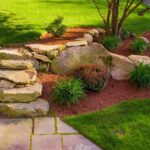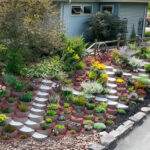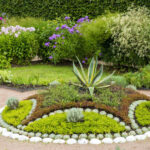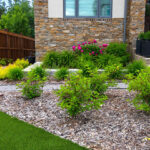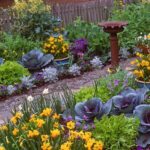Landscaping a garden is a great way to enhance the beauty and functionality of outdoor spaces. By carefully planning and designing the layout of a garden, homeowners can create a peaceful and inviting environment that adds value to their property.
One of the key aspects of landscaping a garden is to choose the right plants and flowers for the space. Consider factors such as sunlight exposure, soil type, and climate when selecting vegetation. By choosing plants that are well-suited to the conditions in your garden, you can ensure they thrive and create a vibrant and lush landscape.
In addition to plants, consider adding elements such as hardscaping, water features, and outdoor structures to enhance the overall design of your garden. Paved walkways, pergolas, and gazebos can add structure and visual interest to the space, while a fountain or pond can create a tranquil and relaxing atmosphere.
When designing a garden, it’s important to consider the layout and flow of the space. Create distinct areas for different purposes, such as dining, lounging, and gardening, and ensure there are clear pathways between them. By creating separate zones within the garden, you can maximize the functionality of the space and make it more enjoyable to spend time in.
Another important aspect of landscaping a garden is maintaining its appearance over time. Regular pruning, weeding, and watering are essential to keep plants healthy and vibrant. Consider installing an irrigation system to ensure your garden receives the right amount of water, and add mulch to help retain moisture and suppress weeds.
Finally, consider incorporating sustainable practices into your garden design. Plant native species that require less water and maintenance, and use organic fertilizers and pest control methods to minimize environmental impact. By creating a sustainable garden, you can enjoy a beautiful outdoor space that is both environmentally friendly and low-maintenance.



